
I am a Mid-Westerner at heart, but I have lived in New York for the past 3-1/2 years. In my first few weeks in New York, I remember trying to navigate this urban jungle and its mass transit system. Every time I would meet a friend for lunch or dinner they would say something like, “Meet me on the corner of 125th and Lenox.” Ever since my first week in New York City I have been meeting people at all kinds of intersections. Yet as a young African American woman who identifies as a Christian, I find myself standing most often at the intersection of faith and racial justice.
This intersection is a latent place of choice that orients the reality of people from all racial ethnic backgrounds. It is especially significant in the stories I have read and heard and the people I have met who were a part of the clearest intersection of faith and justice of our time: The Civil Rights Movement. The Civil Rights Movement was located at this very intersection of faith and justice. Churches became training centers producing justice seekers young and old. It was in churches that organizers held strategic gatherings to identify points of pressure that could break unjust power structures. The church was the place that nurtured and challenged young people to find their own ways of contributing to the creation of a more righteous community and society. It was from pulpits like Sixteenth Street Baptist Church, in Birmingham, Alabama, that the intersection of faith and racial justice received voice. Yet this particular US intersection has existed for many years; its outlines were mapped by sisters in the faith like Ida B. Wells and SoJourner Truth. They stood at the same intersection where I stand now.
However, the further along in human history we get, the more people seem to want to relegate this intersection to a distant memory. These days, the intersection of faith and racial justice is one that is often by-passed with a deafening silence. And yet this silence cannot erase the reality of the multicultural and multiracial society that America is today. The shift in American society is evident in the changing demographics of historically mono-racial, white European denominations that are becoming more multiracial. However, the more multiracial the church becomes, the deeper its silence in naming its own institutional racism. Without addressing the power dynamics around us, the institutional life of the church replicates a pervasive inequality that still uses race as a marker.
Let’s take a look at this intersection with a scriptural lens. For me, the parable of the Good Samaritan (Luke 10:25-37) best embodies the intersection of faith and justice. In its simplest terms, Jesus teaches us that we are to be conduits of compassion and mercy to our neighbors. Yet if we mine further into the teaching of this parable, we will find a social ill that is centuries old—racial prejudice and discrimination. The parable of the Good Samaritan turns that prejudice on its head. Jesus, a Jewish rabbi, makes the one who shows mercy a Samaritan and the one in need of mercy a Jew.
___________________________________________
The intersection of faith and racial justice has existed for many years; its outlines were mapped by sisters in the faith like Ida B. Wells and SoJourner Truth. They stood at the same intersection where I stand now.
___________________________________________
One can clearly see the implications of the intersection of faith and justice in the conversation between Jesus and a lawyer that leads Jesus to tell the parable. The lawyer asks Jesus, “Who is my neighbor?” and Jesus responds by telling the parable of the Good Samaritan. The Gospel writer points out that the lawyer asks the question, “Who is my neighbor?” to justify himself. The lawyer wants to withhold and show mercy according to his own preference and prejudice; he wants to justify his injustice. Jesus, however, is not silent about this lawyer’s justification, nor does he ignore the everyday social divisions that draw lines between groups of people based on their ethnic identities. This helps us see the intersection between faith and racial justice even on a single road; the intersection is always there when faith crosses a road for justice’s sake.
The articles this week address the intersection of faith and racial justice in unique ways. Rev. Dr. Kenneth Harris (my father) reflects on “Faith and Racial Justice: Silence from the Sanctuary.” Rev. Jes Kast-Keat writes on “Liturgically Enacting Racial Justice.” Finally, Robyn Afrik shares a piece entitled “The Power of Bias.” In their own way, each writer calls us back to the intersection of faith and racial justice.
I can’t help but recall singing these words as a child:
Jesus loves the little children, all the children of the world.
Red and yellow, black and white they are precious in His sight;
Jesus loves the little children of the world.
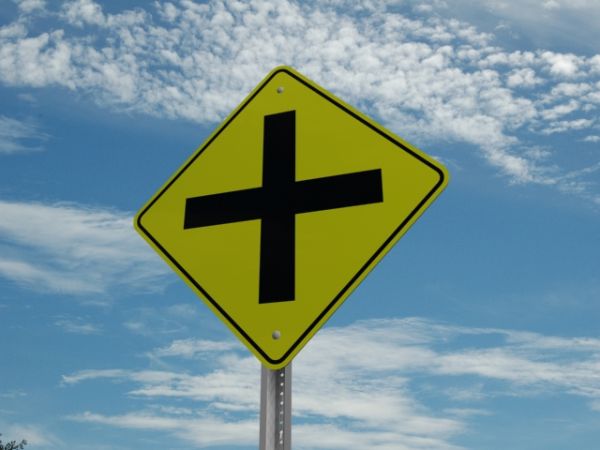 As a child, songs like this one took me by the hand and led me to the intersection of faith and racial justice. The older I get, the more often I revisit this intersection. What seemed like a simple theological and biblical truth proclaimed in song is now fraught with internal challenges like silence from the sanctuary, a liturgical identity that inadequately reflects God’s call to be justice seekers, and a church whose eyes swim in pools of bias. One of my greatest concerns for the church is that the more multiracial we become, the tighter we close our eyes and cover our ears to the forms of racial injustice in the world and within the church itself. I encourage you to reflect on the intersection of faith and racial justice within your own context of life and ministry. Where do we continue to nurture this silence in our own faith communities? What might it look like to break that silence?
As a child, songs like this one took me by the hand and led me to the intersection of faith and racial justice. The older I get, the more often I revisit this intersection. What seemed like a simple theological and biblical truth proclaimed in song is now fraught with internal challenges like silence from the sanctuary, a liturgical identity that inadequately reflects God’s call to be justice seekers, and a church whose eyes swim in pools of bias. One of my greatest concerns for the church is that the more multiracial we become, the tighter we close our eyes and cover our ears to the forms of racial injustice in the world and within the church itself. I encourage you to reflect on the intersection of faith and racial justice within your own context of life and ministry. Where do we continue to nurture this silence in our own faith communities? What might it look like to break that silence?
Read more articles in this series.

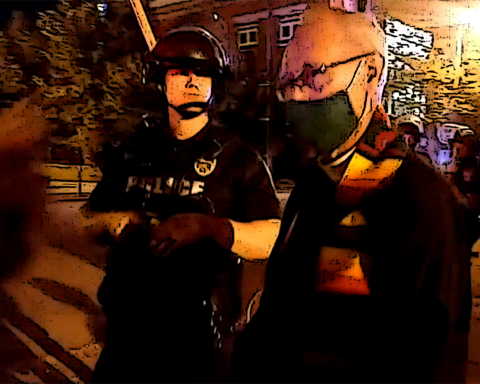
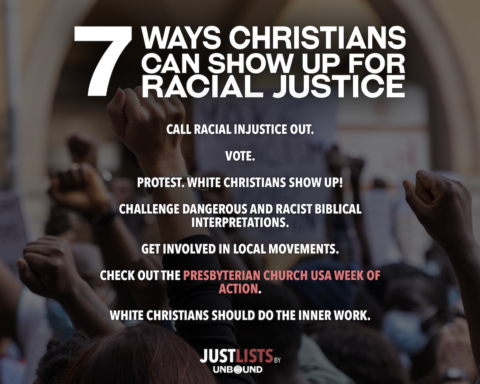
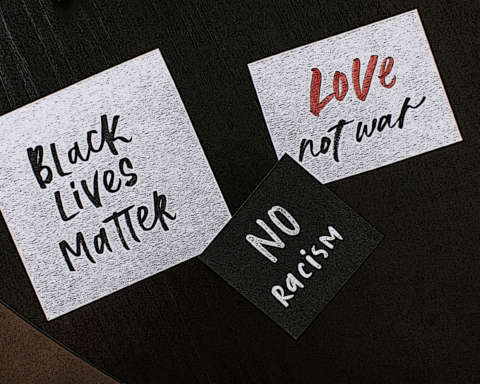
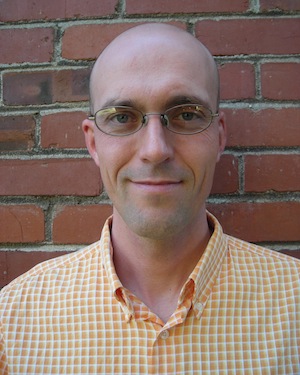
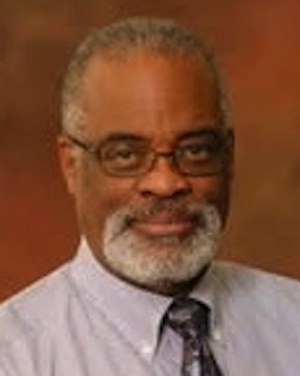
Unbound Social